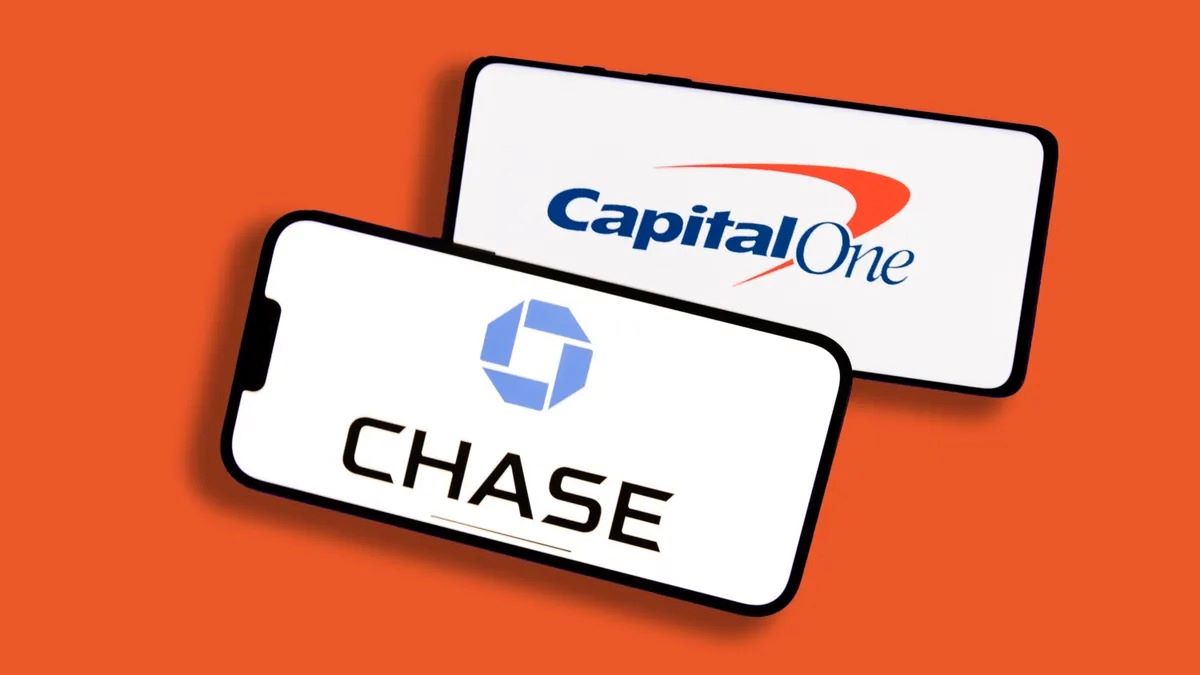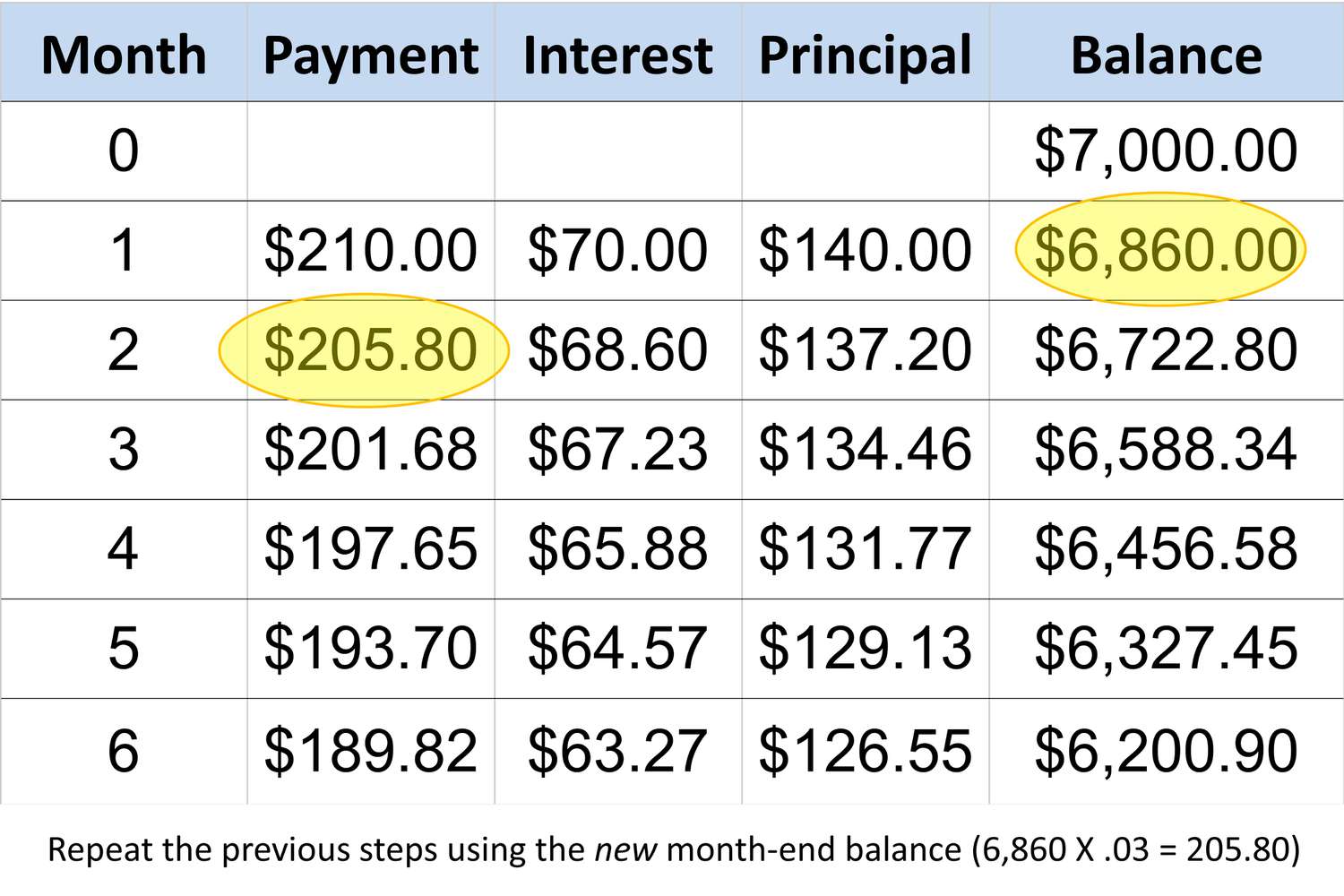

Finance
Chase: How Is Minimum Payment Calculated
Published: February 26, 2024
Learn how minimum payments are calculated with Chase. Get insights into finance and understand how to manage credit card payments effectively.
(Many of the links in this article redirect to a specific reviewed product. Your purchase of these products through affiliate links helps to generate commission for LiveWell, at no extra cost. Learn more)
Table of Contents
Introduction
Credit cards have become an integral part of modern-day financial transactions, offering convenience and flexibility to users. However, it's crucial to comprehend the intricacies of credit card management to make informed decisions and ensure financial well-being. One fundamental aspect of credit card usage is the minimum payment, a term that holds significant weight in the realm of personal finance.
Understanding the concept of minimum payment is essential for anyone with a credit card. It represents the smallest amount a cardholder must pay by the due date to keep the account in good standing. While it may seem straightforward, delving deeper into the factors that influence its calculation and the potential long-term implications of paying only the minimum amount reveals a more complex and impactful financial reality.
In this article, we will explore the intricacies of minimum payment calculation, shedding light on the factors that influence it and the importance of paying more than the minimum. By gaining a comprehensive understanding of this critical aspect of credit card management, readers will be better equipped to navigate their financial responsibilities and make prudent decisions to safeguard their financial health.
Understanding Minimum Payment
Minimum payment, often indicated on credit card statements, is the smallest amount that a cardholder is required to pay by the due date to keep the account in good standing. It typically comprises a percentage of the outstanding balance, along with any fees and interest accrued during the billing cycle. While the minimum payment may seem like a manageable obligation, it is essential to recognize that paying only the minimum can lead to long-term financial repercussions.
When cardholders opt to pay only the minimum, they may incur substantial interest charges on the remaining balance, which can significantly prolong the time needed to clear the debt. Additionally, carrying a high balance relative to the credit limit, often indicated as a high credit utilization ratio, can negatively impact the cardholder’s credit score. Understanding these potential consequences underscores the significance of comprehending how minimum payments are calculated and the importance of managing credit card debt proactively.
By gaining insight into the intricacies of minimum payment calculation, individuals can make informed decisions regarding their credit card usage, thereby mitigating the risks associated with carrying high balances and accruing substantial interest charges. This understanding empowers cardholders to take control of their financial well-being and adopt prudent strategies to manage their credit card obligations effectively.
Factors Affecting Minimum Payment Calculation
The calculation of the minimum payment on a credit card is influenced by several key factors, each playing a significant role in determining the amount due. Understanding these factors is crucial for cardholders seeking to manage their credit card obligations effectively and minimize the long-term financial impact of carrying a balance.
- Outstanding Balance: The outstanding balance on the credit card, encompassing the principal amount, accrued interest, and any applicable fees, is a primary determinant of the minimum payment. As the outstanding balance increases, so does the minimum payment, reflecting the greater amount owed by the cardholder.
- Interest Rate: The annual percentage rate (APR) associated with the credit card significantly influences the minimum payment calculation. A higher interest rate leads to increased interest charges on the outstanding balance, consequently elevating the minimum payment due.
- Credit Utilization Ratio: The credit utilization ratio, which denotes the proportion of the credit limit currently in use, is a pivotal factor in minimum payment calculation. A higher credit utilization ratio can lead to a higher minimum payment, as it indicates a greater reliance on credit and a potentially elevated risk for the card issuer.
- Fee Assessment: Fees, such as late payment fees or over-limit fees, contribute to the minimum payment calculation. When these fees are levied, they augment the total amount due, thereby impacting the minimum payment for the subsequent billing cycle.
By comprehending these factors, cardholders can gain insight into the dynamics that govern minimum payment calculation, enabling them to make informed decisions regarding their credit card usage and debt management. Proactively addressing these factors through prudent financial management can help individuals mitigate the potential long-term consequences of carrying a balance and paying only the minimum amount due.
Formula for Calculating Minimum Payment
The formula for calculating the minimum payment on a credit card typically involves a combination of fixed and variable components, reflecting the card issuer’s policies and regulatory guidelines. While specific formulas may vary among issuers, common elements are generally incorporated to determine the minimum payment due.
One prevalent approach to calculating the minimum payment involves a percentage of the outstanding balance, often ranging from 1% to 3% of the total amount owed. Additionally, any fees, accrued interest, and a fixed minimum amount, typically around $25, may contribute to the calculation. The combined total of these components constitutes the minimum payment due for the billing cycle.
It is important to note that some card issuers may employ alternative methods for minimum payment calculation, particularly for accounts with lower balances. In such cases, a minimum payment floor may be established, ensuring that the required minimum is not disproportionately low in relation to the outstanding balance.
Regulatory guidelines may also influence the minimum payment calculation, with certain jurisdictions imposing specific requirements to safeguard consumers from excessively low minimum payments that may perpetuate debt. By adhering to these guidelines, card issuers ensure that the minimum payment reflects a reasonable portion of the outstanding balance, facilitating progress toward debt repayment.
Understanding the formula for calculating the minimum payment provides cardholders with valuable insight into the determinants of their credit card obligations. By comprehending the interplay of fixed and variable components in the minimum payment calculation, individuals can make informed decisions regarding their financial management, thereby mitigating the long-term impact of carrying a balance and paying only the minimum amount due.
Importance of Paying More Than the Minimum
While the minimum payment represents the minimum amount required to maintain a credit card account in good standing, it is imperative for cardholders to recognize the substantial benefits of paying more than the minimum each month. By surpassing the minimum payment, individuals can expedite debt repayment, minimize interest charges, and fortify their financial well-being in the long run.
One of the primary advantages of paying more than the minimum is the acceleration of debt reduction. By allocating additional funds towards the outstanding balance, cardholders can expedite the decrease of their debt, thereby reducing the duration over which interest accrues. This proactive approach not only facilitates earlier debt freedom but also diminishes the total interest paid over time, resulting in substantial long-term savings.
Furthermore, paying more than the minimum can significantly enhance the cardholder’s credit utilization ratio, a pivotal factor in credit scoring. A lower credit utilization ratio, achieved by reducing the outstanding balance through higher payments, can positively impact the individual’s credit score, potentially leading to improved access to credit and favorable terms in the future.
By paying more than the minimum, individuals can also cultivate disciplined financial habits, fostering a proactive approach to debt management and financial responsibility. This mindset shift can have far-reaching implications, empowering individuals to take control of their financial well-being and make informed decisions regarding their credit card usage and overall monetary management.
Moreover, the psychological relief and peace of mind derived from accelerating debt repayment and witnessing tangible progress towards financial freedom are invaluable. Paying more than the minimum fosters a sense of empowerment and control, instilling confidence in one’s ability to manage and overcome financial challenges effectively.
In essence, paying more than the minimum transcends mere financial prudence; it embodies a proactive stance towards financial empowerment and long-term well-being. By embracing this approach, individuals can expedite debt repayment, fortify their credit standing, and cultivate a mindset of financial discipline, thereby laying a robust foundation for enduring financial stability and prosperity.
Conclusion
Understanding the intricacies of minimum payment calculation and the implications of paying more than the minimum is paramount for individuals navigating the realm of credit card usage and debt management. By delving into the factors influencing minimum payment calculation, such as the outstanding balance, interest rate, credit utilization ratio, and fee assessment, cardholders gain valuable insight into the dynamics shaping their credit card obligations.
Comprehending the formula for calculating the minimum payment provides individuals with a comprehensive understanding of the determinants governing their credit card obligations. This knowledge empowers them to make informed decisions regarding their financial management, thereby mitigating the long-term impact of carrying a balance and paying only the minimum amount due.
Furthermore, recognizing the importance of paying more than the minimum underscores the substantial benefits of proactive debt repayment. By surpassing the minimum payment, individuals can expedite debt reduction, minimize interest charges, fortify their credit standing, and cultivate disciplined financial habits, laying a robust foundation for enduring financial stability and prosperity.
In essence, the prudent management of credit card obligations transcends mere financial responsibility; it embodies a proactive stance towards financial empowerment and long-term well-being. By embracing a comprehensive understanding of minimum payment calculation and the significance of paying more than the minimum, individuals can navigate their credit card usage with confidence, safeguarding their financial health and fostering a mindset of financial discipline and empowerment.














